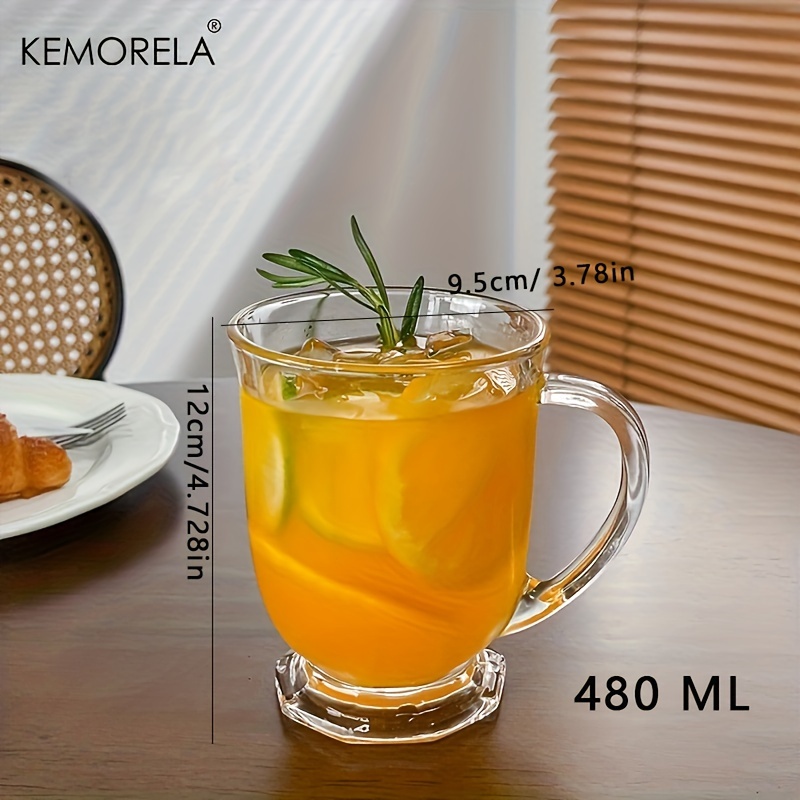Are you wondering what AHA and BHA stand for on your skincare products?
They have long been used for cosmetic purposes; Cleopatra bathed in milk, Polynesian women softened their skin with concoctions of fruit juices and sugar cane, and French courtesans applied wine poultices to their faces for flawless, blemish-free skin. AHA and BHA acids have also been used for many years in dermatology to treat a variety of skin conditions, including acne, psoriasis, and other forms of keratosis.
Alpha (AHA) and beta (BHA) hydroxy acids are best used for skin care in the fall and winter when the sun's rays are less intense. In their natural state, hydroxy acids are present in a variety of foods that we consume every day. Examples include salicylic acid, which is present in black currants, apricots, willow bark, and evergreen trees, as well as glycolic acid, tartaric acid, malic acid, and citric acid. (Photo by Mikhail Nilov)
*This post contains affiliate links but all of the opinions are my own.
These are time-tested, all-natural beautifying elixirs, and today's scientific research as well as numerous real-world experiences attest to their efficacy. Skincare experts include products with AHA and BHA acids in acid peels. More Korean skincare products than ever feature these two kinds of acid peels, frequently in tandem. As a result, you may be unsure about which one or ones would be best for your skin, what results to expect, and whether it makes sense to combine them.
Because they weaken the connections that hold dead skin cells together, hydroxy acids remove dead skin cells very effectively. They encourage the renewal of the basal layer and allow for the controlled removal of the stratum corneum. As a result of the aforementioned processes, the skin's relief is smoothed, the complexion is evened out, the protective function is strengthened, and a youthful, noticeably refreshed appearance is ensured. The dead skin layer can be peeled off to allow for simpler, quicker, and deeper product application.
What is AHA?
Alpha-hydroxy acid, often known as AHA, is a type of acid that can be found in fruit, milk, or sugar cane. AHAs function similarly to chemical peels by sloughing off the top layer of dead and dry skin cells to reveal the fresh young cells beneath.
But how do they do it? The study found that AHAs exfoliate by lowering the number of calcium ions in the epidermis and the "glue" that holds skin cells together, allowing the skin cells to be shed. But more recent research has discovered that they accomplish this by inducing apoptosis, a sort of cell death.
Alpha hydroxyl acids, also known as glycolic acid and lactic acid, work on the skin's surface to improve skin texture, regulate the keratinization (flaking) of the skin's surface, and stimulate the formation of collagen and glycosaminoglycans (which contribute to the ability of the dermis to bind moisture). They make certain that your skin is uniformly toned, taut, and radiant. They are appropriate for all types of skin. Applying a cream with a protection factor of at least 30 throughout the day is crucial when using AHA acids.
Because they have a lower molecular weight, alpha hydroxy acids (AHA) can enter the skin's deeper layers more swiftly. As a result, their action frequently causes the skin to feel hot, blistering, and prickly (these are normal reactions). They are hydrophilic, which means that they only dissolve in water and only enter cells that have water. They do not pass through the skin's sebum. Neutralization should be used to stop their action.
They do this by dissolving the glue-like intercellular linkages that hold together dead skin cells, enabling exfoliation, stimulating the formation of hyaluronic acid and collagen in fibroblasts, and hydrating the skin.
What is BHA?
Beta-hydroxy acid, often known as BHA, is a type of acid that can be found in sweet birch bark, willow bark, and evergreen foliage. BHAs are chemical exfoliants that keratin, a protein that contributes to the structure of the skin, softens and dissolves. Dead skin cells are made easier to remove by being made looser by this. BHAs also function inside the pores, dissolving keratin clogs while also assisting in controlling keratinization.
For instance, hyperkeratinization, which occurs when the body sheds skin cells too quickly, is linked to conditions like acne. BHAs slow down this process, causing the cells to work harder before exfoliating (reducing the likelihood that they may clog pores in the process).
Beta hydroxy acids are used for oily skin because they have a higher molecular mass, which results in fewer adverse effects on the skin. They are soluble exclusively in oil. They enter deeply into the pores since they are excellent at removing skin sebum. The main component of many skin care treatments used to treat warts, calluses, keratosis, psoriasis, acne, and psoriasis is BHA acid.
The cells themselves open and clean clogged sebaceous glands, have an antibacterial and anti-inflammatory effect, regulate sebum secretion, have an astringent effect, and lessen the development of pimples, blackheads, and acne. They do not break down the bonds between dead skin cells, as is the case with AHA acids.
Beta hydroxyl acid, often known as salicylic acid, is used to exfoliate the skin and is particularly effective in treating keratosis pilaris, clogged pores, and acne. Anyone with oily skin, including those with clogged pores or zits, should use salicylic acid.
How similar are AHAs and BHAs?
Although they have different mechanisms, AHAs and BHAs are effective in removing the build-up of dead skin cells and smoothing the skin. Both AHAs and BHAs reduce the thickness of the stratum corneum (the top layer of skin that consists of dead skin cells). This means that the skin will reflect more light and appear brighter. Because they both encourage the removal of old, discolored dead skin cells, AHAs and BHAs can help fade dark marks and even out skin tone.
Both AHAs and BHAs have been shown to increase collagen density in the dermis, meaning they could help reduce fine lines and improve skin firmness over time. AHAs and BHAs are also humectants - ingredients that attract water and help your skin retain moisture. AHAs and BHAs help with acne by exfoliating dead skin that can lead to clogged pores.
Best AHA & BHA Skincare Products
Hanskin - Pore Cleansing Oil
SOME BY MI AHA-BHA-PHA 30 Days Miracle Toner
COSRX - AHA/BHA Clarifying Treatment Toner
SOME BY MI - AHA-BHA-PHA 30days Miracle Truecica Clear Pad
BEAUTY OF JOSEON - Bubble Toner : Green Plum + AHA
{ Use my code INF10SWEET for 10-15% OFF on stylevana.com }
Whatever acid you decide on, it's important to pick the one that's the proper concentration for your skin and avoid overusing it. Instead of startling your skin with a hard, unpleasant scrub once a week, we think you'll achieve better results by using a softer acid frequently—even daily.
Do you use AHA & BHA skincare products?
Did you know the difference between the AHA & BHA?
💛

.png)












Post a Comment